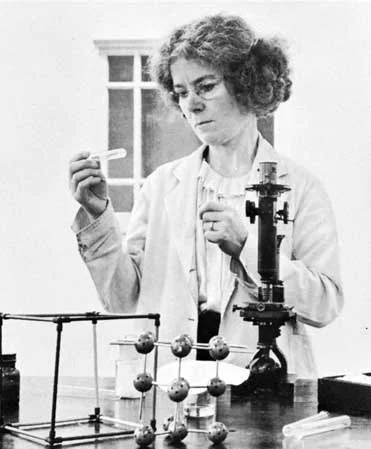Instrument Namesakes
Our diffractometers are always named in honour of famous women within the field of Crystallography.
Here are a few more details about who they are and some information about their field of study.
Elspeth Garman (ELS)
Elspeth Garman is best known for her work on radiation damage in single crystal x-ray diffraction.
Elspeth studied physics as an undergraduate at Durham University, before moving to Oxford to pursue a doctorate in nuclear physics. Her research has focussed on protein crystallography and the impact of radiation damage on crystals at ambient and cryogenic temperatures. She has co-authored more than 150 protein data bank entries and has been instrumental in the development of cryogenic handling of macromolecular crystals. She worked on establishing the radiation dose limit for cryocooled proteins, which has come to be called the “Garman limit”. She also worked with Prof Simon Coles and the National Crystallography Service to demonstrate the existence and extent of radiation damage in small molecule crystallography.1
She is a passionate advocate for public engagement within STEM, specifically crystallography, having been involved in over 40 TV and radio programs. These have included interviews with Radio 4’s ‘The Life Scientific’ and producing a video with the Royal Institution on understanding crystallography.
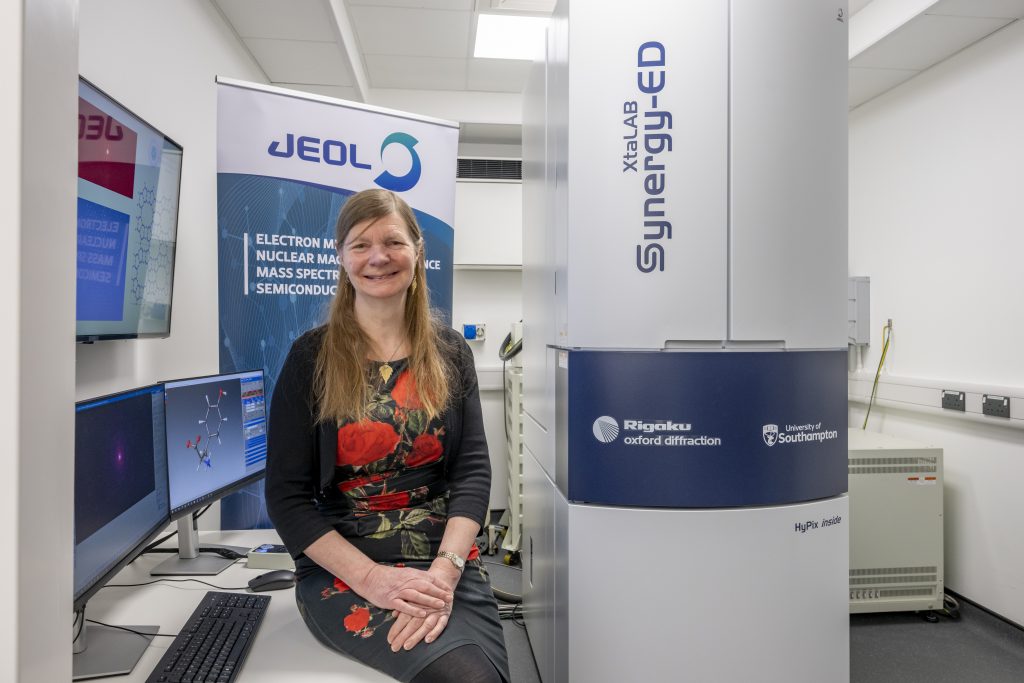
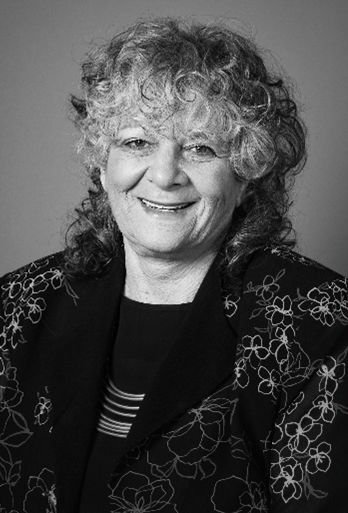
Ada Yonath (ADA)
Ada E. Yonath, who’s work on determining the detailed structure of the ribosome earned her the 2009 Nobel Prize in Chemistry.
Yonath’s work in crystallography focussed on proteins, specifically the structure of ribosomes. Long considered an impossible feat in the community, her work on crystallising ribosomes was thought too difficult due to their size, lack of internal symmetry and their general instability. When crystals of these can be grown, they typically only last a couple of minutes in an X-ray beam. Yonath developed cryogenic methods to keep the crystals at -185°C in order to protect them from degrading. It took 25,000 tries, but in the mid-1990s Yonath mapped the structure of a bacterial ribosome, giving valuable insights into the way they function.
Following this, she went on to demonstrate the mechanism of action for more than 20 antibiotics, showing their interactions with ribosomes. This furthered understanding of how they work and aided in the development of new antibiotics. She has furthered our understanding of the mechanisms of drug resistance and her work has been invaluable in the field of structure-based drug design.
Rosalind Franklin (ROS)
Rosalind Elsie Franklin (25 July 1920 – 16 April 1958) made critical contributions to the understanding of the fine molecular structures of DNA, RNA, viruses, coal and graphite.
Franklin is best known for her work on the X-ray diffraction images of DNA which led to discovery of DNA double helix. Her data, according to Francis Crick, were “the data we actually used” to formulate Crick and Watson’s 1953 hypothesis regarding the structure of DNA. Franklin’s X-ray diffraction image confirming the helical structure of DNA were shown to Watson without her approval or knowledge. Though this image and her accurate interpretation of the data provided valuable insight into the DNA structure, Franklin’s scientific contributions to the discovery of the double helix are often overlooked. Unpublished drafts of her papers (written just as she was arranging to leave King’s College London) show that she had independently determined the overall B-form of the DNA helix and the location of the phosphate groups on the outside of the structure.
After her death, Watson and Crick made abundantly clear in public lectures that they could not have discovered the structure of DNA without her work. However, because the Nobel Prize is not awarded posthumously, Rosalind Franklin could not be cited for her essential role in the discovery of the physical basis of genetic heredity.
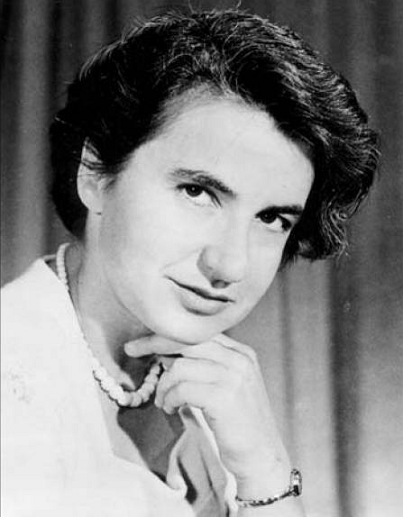
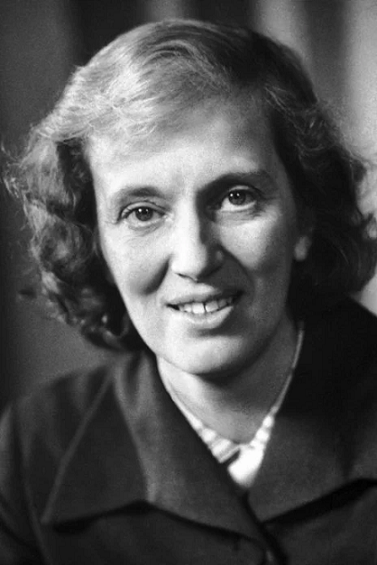
Dorothy Hodgkin (DOT)
Dorothy Mary Hodgkin OM, FRS (12 May 1910 – 29 July 1994), née Crowfoot is regarded as one of the pioneer scientists in the field of X-ray crystallography studies of biomolecules.
She advanced the technique of X-ray crystallography, a method used to determine the three dimensional structures of biomolecules. Among her most influential discoveries are the confirmation of the structure of penicillin that Ernst Boris Chain had previously surmised, and then the structure of vitamin B12, for which she was awarded the Nobel Prize in Chemistry.
In 1969, after 35 years of work and five years after winning the Nobel Prize, Hodgkin was able to decipher the structure of insulin. X-ray crystallography became a widely used tool and was critical in later determining the structures of many biological molecules such as DNA where knowledge of structure is critical to an understanding of function.
Dorothy Hodgkin took part in the meetings in 1946 which led to the foundation of the International Union of Crystallography and she visited for scientific purposes many countries, including China, the USA and the USSR.
Apart from the Nobel Prize, she was a recipient of the Order of Merit, a recipient of the Copley Medal, a Fellow of the Royal Society, The Lenin Peace Prize, and was Chancellor of Bristol University from 1970 to 1988.
Dame Kathleen Lonsdale (KAT)
Dame Kathleen Lonsdale, DBE FRS (née Yardley) (28 January 1903 – 1 April 1971) established the structure of benzene by X-ray diffraction methods in 1929, and hexachlorobenzene by Fourier spectral methods in 1931.
She studied mathematics and physics at Bedford College, London, where she secured top place in the University’s BSc examination. William Bragg was one of her examiners and was so impressed with her that he offered her a post in his research team working on the crystal structure of organic compounds first at University College London, and then at the Royal Institution.
Her major work was on the theory of molecular symmetry in crystals. She also demonstrated, for the first time, that the benzene molecule has a hexagonal, flat structure, and she calculated its precise dimensions.
During her career she attained a number of firsts for a female scientist including first woman elected a Fellow of the Royal Society, first woman tenured professor at University College London, first woman president of the International Union of Crystallography, and first woman president of the British Association for the Advancement of Science.
